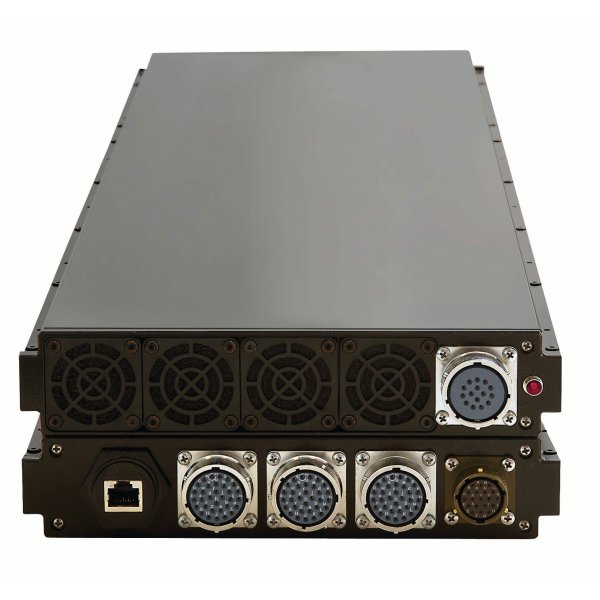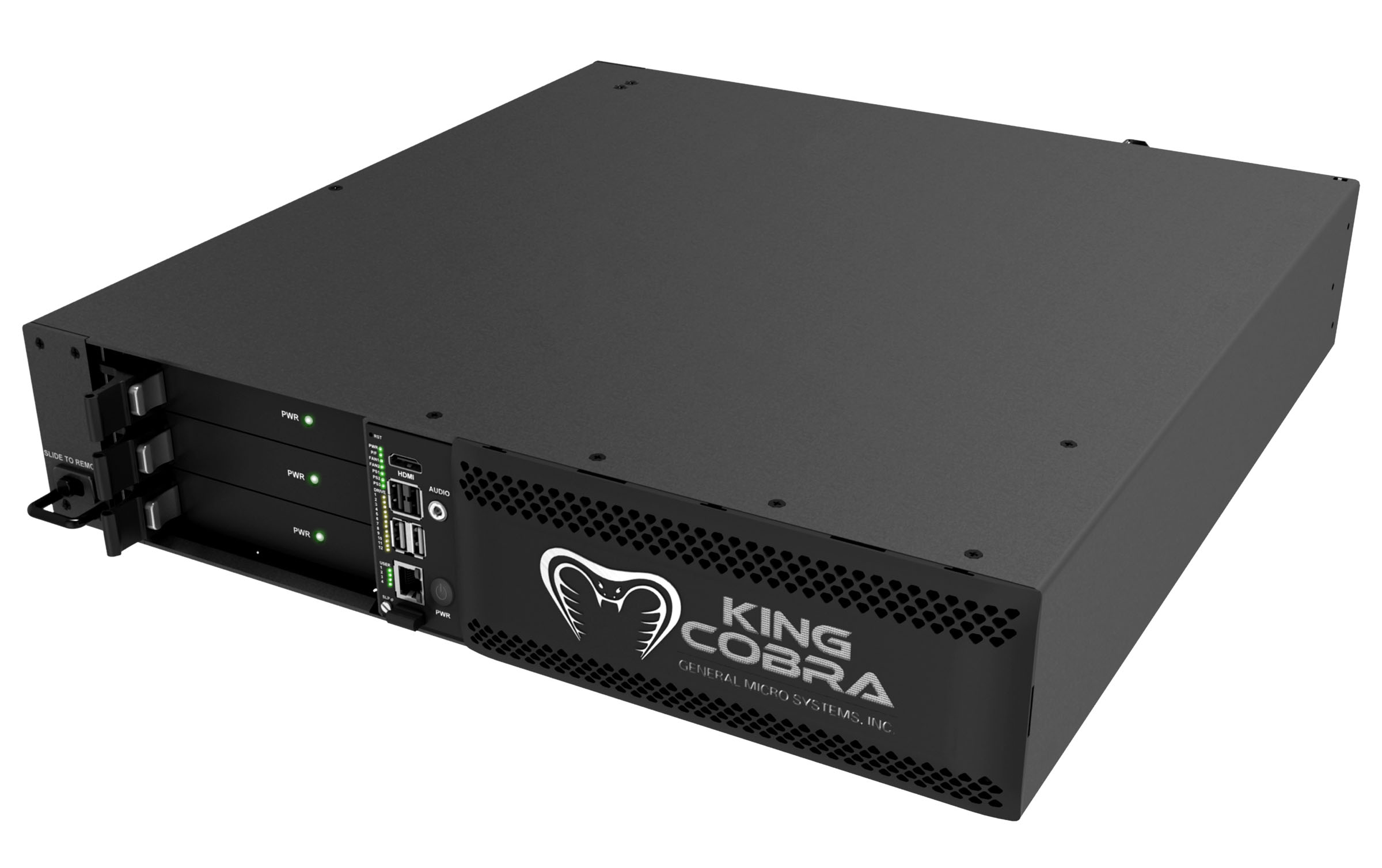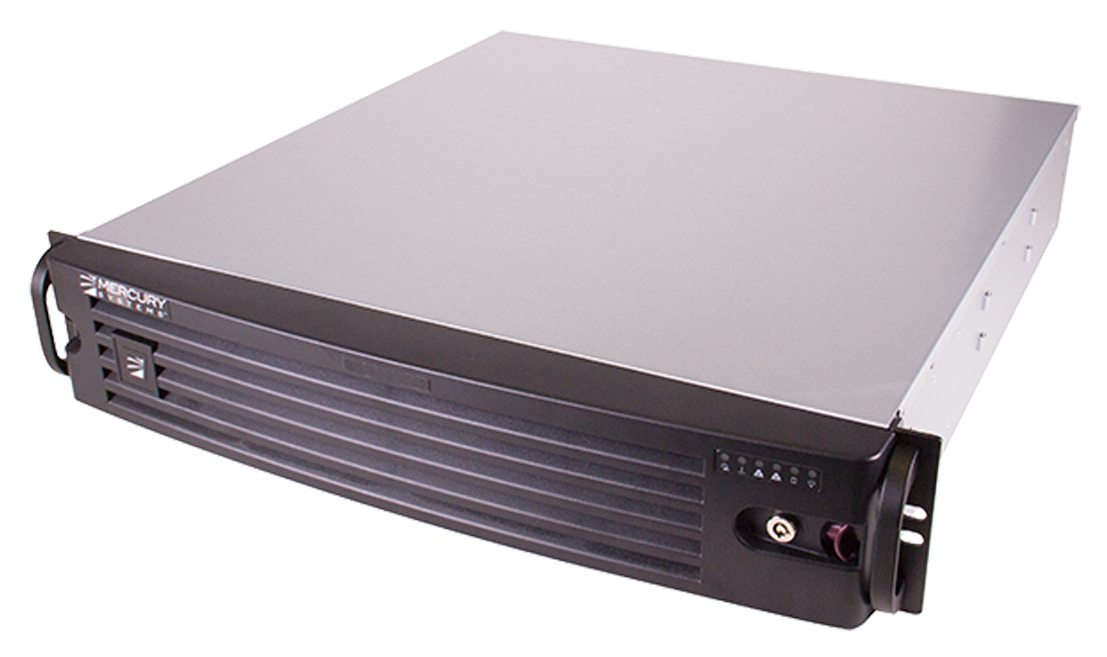BY PATRICK MANNION
Contributing Editor
The democratization of military technology and global unrest has spurred an increase in overall military spending. For designers, this requires a delicate balance of research into leading-edge capabilities to enable advances, such as smart bullets, while also developing low-cost, rugged processing platforms. For aerospace, more aircraft orders from the UAE and Asia Pacific regions translate to more funding for aircraft with the latest entertainment and protection techniques.
When it comes to advanced weaponry and aerospace, much of what’s known to the public is also available or doable by multiple nations, depending on how much money they are willing to throw at it. And all signs show that they are willing to throw a lot: Spending in both military and aerospace markets will be ramping up for the foreseeable future for nations to either maintain their lead or play catch-up.
Deloitte quantified global defense spending growth for 2017 to be 3.2%, with latest absolute figures being $1,760 billion in 2015. Deloitte pointed to the recent election of Donald Trump to president of the United States as being a key driver of that growth. Just recently, President Trump proposed a $54 billion increase in military spending to go before Congress.
On the aerospace side, several positive factors like low crude oil prices are helping to boost the global commercial aircraft market. According to a forecast by Noealt Corporate Services, that market is projected to grow to $4.9 trillion and require more than 32,600 new aircrafts through 2034. For now, Deloitte predicts that 2017 will remain relatively flat.
Still, in the face of all of that abundance, a critical question at stake is how manufacturers of military and aerospace platforms will make smart-use embedded computing and electronics technologies to achieve the best costs and increase capabilities. The question can’t be ignored, especially for military contractors: Smart bullets and underwater drones are interesting, but they’re not much good if the military can’t afford the systems and processing required to run them.
Rackmount servers in demand
On the military side, some of the most consequential trends revolve around rackmount-server computing. On one hand, the military is getting smarter about what server technologies it chooses. At the same time, there’s been a shift toward server-based configurations for military computing in place of traditional slot card backplane-based architectures like VME, VPX, or CompactPCI. Rackmount systems can connect via Ethernet or other cable-based technology, eliminating any backplane.
It’s hard to get very far into a discussion of military technology without addressing the notion of COTS (commercial off-the-shelf). What complicates matters is that the definition of COTS can vary. The world is now decades past the era when the defense industry could support military-specific silicon for most any computing function. Indeed, down at the board level, military systems all use the same processors, memories, and I/O chips as civilian and consumer markets. In that sense, everything is COTS. Meanwhile, military decision makers have often been swayed toward what they consider “COTS” computing by favoring server technologies from big-name companies like IBM or Dell that are literally off-the-shelf systems designed for the IT market. Such systems are lower-cost than solutions developed specifically for the military, but they can’t match the innovative ruggedness, reliability, and integration levels of the latest solutions available from the military embedded-computing industry.
Cooling for military environments
Advanced-cooling technology is one advantage that embedded-computer vendors offer that big-name servers don’t. The military’s appetite for ever-faster processing and higher compute density pushes them toward wanting the latest and greatest processors. Such cutting-edge processing always requires some level of cooling. Off-the-shelf IT market servers are designed to work in air-conditioned data centers and back offices. In contrast, military systems have to operate in extreme-temperature environments and often can’t risk a breakdown due to fans failing. As a result, exotic cooling techniques like liquid cooling offer a solution. As an example along those lines, Euotech (Udine, Italy) offers its DuraHPC 5-1 rackmount server. It combines dual 6-core Intel 3.46-GHz Xeon 5600 processors, an optional integrated liquid-cooling subsystem, and a shock-/vibration-resistant 80-Gbyte solid-state disk (SSD) (Fig. 1 ). Fig. 1: Eurotech’s DuraHPC 5-1 rackmount server embeds Intel 3.46-GHz Xeon 5600 processors, an integrated liquid-cooling subsystem, and a shock-/vibration-resistant 80-Gbyte SSD. (Image source: Eurotech.)
Fig. 1: Eurotech’s DuraHPC 5-1 rackmount server embeds Intel 3.46-GHz Xeon 5600 processors, an integrated liquid-cooling subsystem, and a shock-/vibration-resistant 80-Gbyte SSD. (Image source: Eurotech.)
The DuraHPC 5-1 system has a 1U 19-in. rackmount form factor and comes ready to connect to an external chiller/heat exchanger to support operating temperatures of up to –40°C to 65°C (–40°F to 145°F). The unit’s internal electronics are tightly coupled to an aluminum cooling plate that features sealed micro-channels and aerospace-grade inflow/outflow connectors to circulate water and efficiently extract heat from the unit. Mated with its companion liquid-cooling subsystem, the system measures 2U in height and is a complete standalone and self-contained system.
Highly integrated compute solutions
Another area where rugged embedded-computing vendors excel is in high integration. They have a history of designing computer systems to be smaller, lighter, and with lower power consumption. In recent years, they’ve brought such expertise to rackmount-server format systems. A recent example is the S2U “King Cobra” 2U short-rack server that General Micro Systems announced at AFCEA West 2017 in San Diego. The system can replace up to 15U of equivalent server-rack functions (Fig. 2 ). Fig. 2: The King Cobra 2U short-rack server can replace up to 15U of comparable server-rack capabilities and features dual 18-core Intel Xeon E5-2600v4 CPUs and 1 Tbyte of DRAM. (Image source: General Micro Systems.)
Fig. 2: The King Cobra 2U short-rack server can replace up to 15U of comparable server-rack capabilities and features dual 18-core Intel Xeon E5-2600v4 CPUs and 1 Tbyte of DRAM. (Image source: General Micro Systems.)
This combination of rugged reliability and collapsing many functions into one is a recipe that resonates for shipboard computing systems. Ships that currently use big-name IT-style server systems are forced to be prepared for those systems to fail. As a result, Navy ships often have to consume a lot of space with boxed-up spares of big-name server systems. This is contrary to at least two of the goals of small size, weight, and power (SWaP) for ship-based systems.
In contrast, solutions like GMS’s King Cobra provide the ruggedness and reliability to ensure a very low chance of failure in a system that’s already six times smaller than an equivalent office-grade server.
According to GMS, every sub-system of the King Cobra is optimized for maximum performance, lowest power, highest-efficiency thermal profile, and modular replacement in the field. Each subsystem is scalable and upgradable to lower the total cost of ownership over the installation life.
At the heart of the King Cobra server is an OpenVPX single-board computer with dual Intel Xeon E5-2695 v4 CPUs with up to 18 cores, each operating at up to 2.1 GHz. The CPUs are paired with up to 1 Tbyte of DDR4 DRAM and are supported with a completely PCI Express-based storage subsystem with up to 48 Tbytes of NVMe SSDs.
The 17-inch-deep short-rack S2U King Cobra includes a 24-port (22x 1GigE; 2x 10GigE) Ethernet switch subsystem, a hardware or enterprise-class Cisco intelligent router, two power supply unit (PSU) options with auxiliary power unit (APU), and scalable add-in modules for algorithm coprocessors, sensor interfaces, additional I/O, or legacy system interfaces. S2U is a complete system, and on-board removable smart fan trays finely manage airflow and noise using side-mounted inlets/outlets.
Rugged server with security focus
An emerging design dilemma in the defense realm is the problem of deciding at what levels to provide security. As hacking and cyberwarfare threats get ever-more sophisticated, solutions at the embedded-hardware level can play a role where previously expensive specialized-purpose-built systems were needed. With that in mind, last fall, Mercury Systems introduced a rackmount secure server designed to address the defense market’s need for affordable and trusted solutions for protecting mission-critical functions.
Importantly, Mercury secure servers are designed and made in the U.S., using trusted devices from managed supply chains by U.S.-based employees working in domestic secure facilities. Mercury’s portfolio of secure servers run trusted Mercury-coded hardened BIOS’s and firmware on Intel Xeon server-class processors (Fig. 3 ). That means that customers can easily upgrade as new processors are introduced. An open-architecture middleware framework enables customers to easily port their applications to refreshed hardware, thereby preserving their software investment. Configuration options include pre-integrated secure hypervisors and SSD storage, third-party component hardening, and commercial or rugged packaging configurations. Fig. 3: The Mercury line of rackmount secure servers run trusted Mercury-coded hardened BIOS’s and firmware on Intel Xeon server-class processors. Pre-integrated secure hypervisors are provided as an option. (Image source: Mercury Systems.)
Fig. 3: The Mercury line of rackmount secure servers run trusted Mercury-coded hardened BIOS’s and firmware on Intel Xeon server-class processors. Pre-integrated secure hypervisors are provided as an option. (Image source: Mercury Systems.)
Intel winning military mindshare
It’s no accident that all of the systems mentioned above are based on Intel processors. For military embedded computing, Intel processors now eclipse all others on new board and system products marketed toward defense. That’s a shift from two decades ago, when Motorola 68000 CPUs ruled in military embedded computing. Some of those systems moved up to PowerPC processors to stay compatible with legacy embedded software. But eventually, Intel’s line of processors aimed at laptops got to power levels low enough to rival competing processor architectures.
Switching away from legacy processors like 68k/PowerPC became easier as software development tools and operating systems have become more virtual. As a result, the task of porting code developed for legacy processor architectures to new ones (like Intel’s) has become much easier.
Meanwhile, Intel has become popular among embedded system developers because the company consistently provides clear roadmap information on their processors and supports them for at least seven years. That allows system and board-level suppliers to plan for what’s next and for how long a processor will be in production. Such information is vital given that design cycles for defense systems can be 10 years or longer — much longer than very short life cycles typical of the consumer space.
Technology helps airlines to compete
As airlines worldwide build up their aircraft fleets — particularly in high-growth regions like Asia Pacific and the UAE — competition among airlines certainly isn’t shrinking. To compete, they’re focusing on enhancing in-flight entertainment technologies. And with more and more electronics — both for infotainment and flight systems — safety technologies like lightning suppression are more important than ever.
Exemplifying the entertainment push, Avionica (Miami, Florida) was selected by Cathay Pacific Airways as the integrator and supplier for their e-Enabled, airborne global connectivity program. Cathay Pacific’s second-generation e-Enabled system will be deployed across the Cathay Pacific and Cathay Dragon fleet, including the B777, B747, A320, and A330 aircraft types. Cathay Pacific expects to leverage Avionica’s expertise in FCC supplemental-type certificate (STC) development and installation support for their e-Enablement solution.
According to the company, Avionica’s e-Enablement hardware package provides Cathay Pacific a single, common set of hardware across Boeing and Airbus fleets. The products used in the program include Avionica’s aviONS — an open-platform network supporting airline and third-party software systems. It enhances airborne connectivity with global 4G Cellular and Wi-Fi. Also used is Avionica’s satLINK MAX, which is a four-channel, FANS-1/A and ATC Voice Safety Service-approved Iridium SATCOM system (Fig. 4 ). Fig. 4: Avionica’s satLINK MAX systems implement a four-channel, FANS-1/A and ATC Voice Safety Service-approved Iridium SATCOM system. (Image source: Avionica.)
Fig. 4: Avionica’s satLINK MAX systems implement a four-channel, FANS-1/A and ATC Voice Safety Service-approved Iridium SATCOM system. (Image source: Avionica.)
Advances in aircraft lightning protection
Recent examples of aircraft lightning-protection innovations are two new transient voltage suppressor (TVS) devices from Microsemi (Aliso Viejo, California) in patented plastic large-area device (PLAD) packages. The 18-kW MPLAD18KP and 36-kW MPLAD36KP TVS families are designed to serve lightning-protection requirements in aircraft. That includes meeting the multi-strike lightning standard (RTCA DO-160E). That standard has gained new importance because of the introduction and growing use of composite-body airframes.
The Microsemi products are high-power TVS devices in low-profile surface-mount packages with design features to minimize thermal resistance and cumulative heating. The PLAD technology enables more effective surface-mount TVS packaging for the MPLAD18KP and MPLAD36KP. It does so by blending a large die size with an exposed-bottom contact for heat sinking that improves power handling as compared to through-hole devices. The devices provide the capability of a bond wire-free part in high-vibration environments, supporting high reliability in harsh conditions.
Feeding evolving demands
As investments in military and aerospace platforms rise over the coming years, technology decision makers in both markets will need to keep their eyes on evolving technologies. As much as countries and companies want to differentiate and gain an edge, everyone needs to closely watch overall costs for optimum use of available funds. Smart bullets are useful, but so, too, is smart money.
Advertisement
Learn more about Electronic Products Magazine





